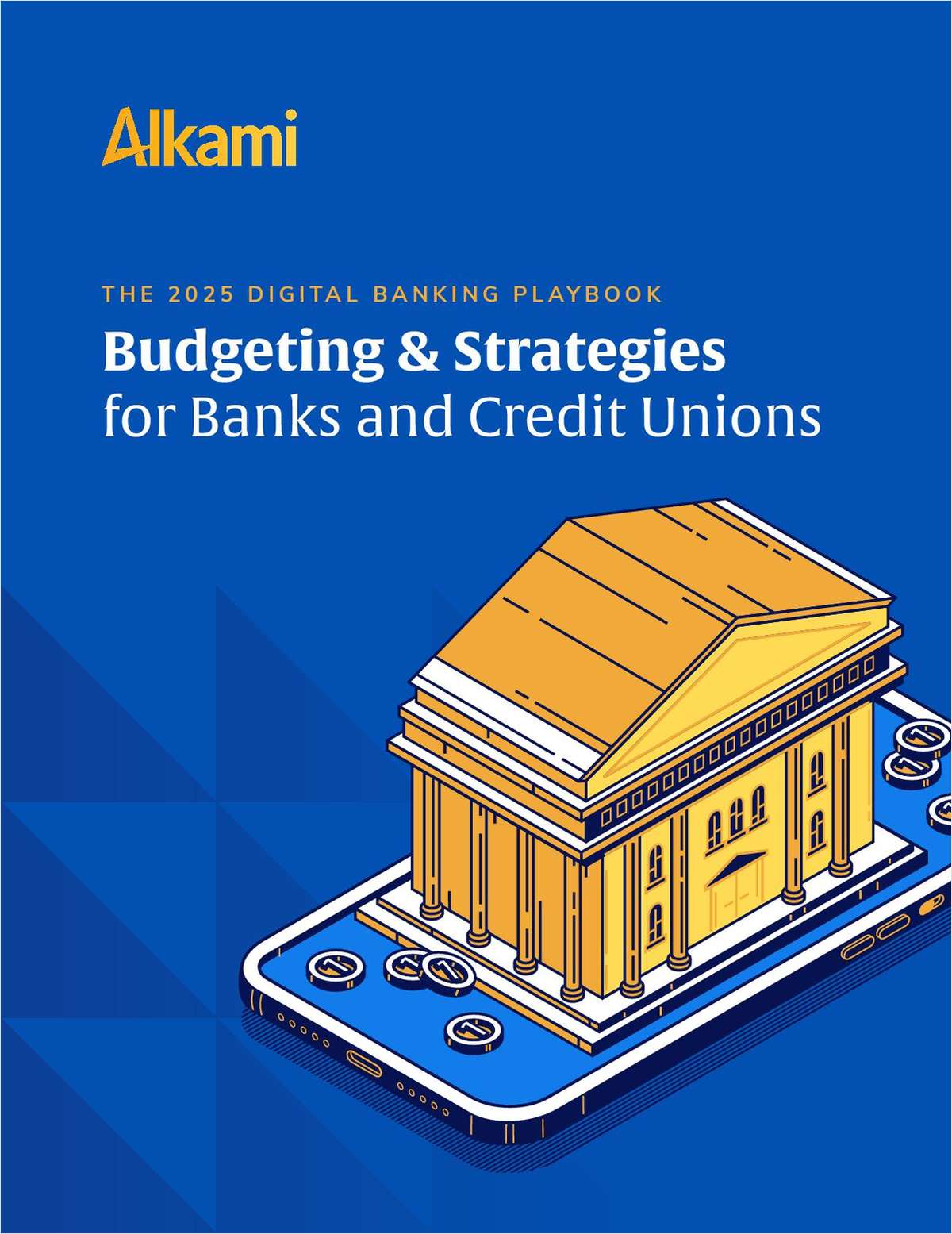WASHINGTON - Community development credit unions have received a mixture of good and bad news about a previously popular government program. On the positive side, the leadership of the U.S. Treasury's Community Development Financial Institution Fund announced that it will bring back a part of its program under which the majority of credit unions had received assistance in the past. On the negative side, the Bush Administration also requested even less money for the fund overall than it did last year, already almost a record low. Addressing attendees at the 2004 National CDFI Institute, held in Washington on February 5, CDFI Director Tony Brown told the meeting that the fund will bring back the Small and Emerging CDFI Assistance part of its program. The SECA component of the fund's operations is responsible for the lion's share of the over $30 million that CDCUs have received from the fund since 1995. In 2002, grants mostly made through the SECA component accounted for $2 million for individual CDCUs and an additional $2 million for the National Federation of Community Development Credit Unions which administers the money on behalf of CDCUs that are too small to interact with the fund directly. But in fiscal year 2003, the fund ended the SECA program in favor of an emphasis on a program called the New Markets Tax Credit program. Under NMTC, businesses which make grants to qualified community development financial institutions can receive tax credits from the federal government for those grants. The new program was meant to move CDFIs, including CDCUs, away from a focus on the federal government for support and more toward looking to the financial sector. The Federation pointed out that relatively few CDCUs had the size, staff or resources to really take advantage of the NMTC and warned that eliminating SECA would effectively eliminate many CDCUs. Sure enough, in 2003 the fund made only four grants to CDCUs, totaling just over $1 million. The Federation received no money on behalf of CDCUs at all, even though it had applied for over $900,000. The drop in support for CDCUs, one of the groups which had been responsible for the creation of the Fund, drew the attention of not only the Federation, but also some fund administrators, Treasury officials and members of Congress. That pressure helped bring back the SECA component, Brown said. Brown noted that the fund had heard from CDFIs which had been hurt by last year's SECA cuts, particularly CDCUs, and he noted from the podium that Cliff Rosenthal, Executive Director of the Federation and Chairman of the CDFI Coalition, had spoken up most loudly. In part because of the complaints, Brown explained, "we recognize small CDFIs cover greater underserved markets," and Brown said that the last year's elimination of the program in favor of an emphasis on larger CDFIs had not been intended to cut smaller CDFIs, like credit unions, out of the program. Further, Brown explained that the revived SECA program would also be administered with smaller CDFIs, like CDCUs, in mind. The fund pledged to become more flexible about grant requirements for the smaller institutions and to take into account their smaller size and different economic circumstances. For example, the fund routinely requires CDFIs that get matching grants to have their matching funds in hand, or committed, when they apply for CDFI money. But under the SECA program Brown explained grant administrators would be more willing to take size into account. That additional flexibility may be needed since Brown also announced the Fund would begin implementing a new data collection system. Dubbed the Community Investment Impact System (CIIS), the effort will seek to collect data on the institutions which receive the Fund grants as well as document what they do with them. The Fund hopes the data will help substantiate its institutions' record of working with federal funds for the U.S. Congress and the individual CDFIs will be able to build a track record that they then can show to private foundations and other sources of funds. But many CDFIs, especially CDCUs, worry that they will not have the resources they need to implement the new reporting software and meet CIIS' other requirements. Brown sought to reassure them that the Fund had already appropriated money through its Technical Assistance component to help bring small CDFIs up to speed on the CIIS system and that the Fund would implement a streamlined Technical Assistance grant application for those funds. But Administration Funding Still Cut Overshadowing the news about the Fund's reviving SECA and the helping CDCUs out with CIIS was the reality that the Bush Administration's commitment to the program apparently has continued to wane. The Administration's budget request for 2005 asked for only $48.4 million for the Fund. Last year, another record low year, the Administration has asked for only $51 million. Congress eventually appropriated $61 million for the fund last year. "The CDFI Coalition is dismayed that the President has requested only $48.4 million for the CDFI Fund in his FY 2005 Budget proposal," the Coalition wrote to CDFI supporters. "We must rely on Congress to once again recognize the value of this program and approve a more appropriate funding level for the CDFI Fund of at least $80 million. In the coming year advocacy will be even more important to secure adequate federal support for CDFIs." Perhaps borrowing a page from CUNA, Institute organizers had lobbying materials on hand for attendees and had scheduled time on February 5 for the members to visit legislators' offices. -
Complete your profile to continue reading and get FREE access to CUTimes.com, part of your ALM digital membership.
Your access to unlimited CUTimes.com content isn’t changing.
Once you are an ALM digital member, you’ll receive:
- Breaking credit union news and analysis, on-site and via our newsletters and custom alerts
- Weekly Shared Accounts podcast featuring exclusive interviews with industry leaders
- Educational webcasts, white papers, and ebooks from industry thought leaders
- Critical coverage of the commercial real estate and financial advisory markets on our other ALM sites, GlobeSt.com and ThinkAdvisor.com
Already have an account? Sign In Now
© 2025 ALM Global, LLC, All Rights Reserved. Request academic re-use from www.copyright.com. All other uses, submit a request to [email protected]. For more information visit Asset & Logo Licensing.









